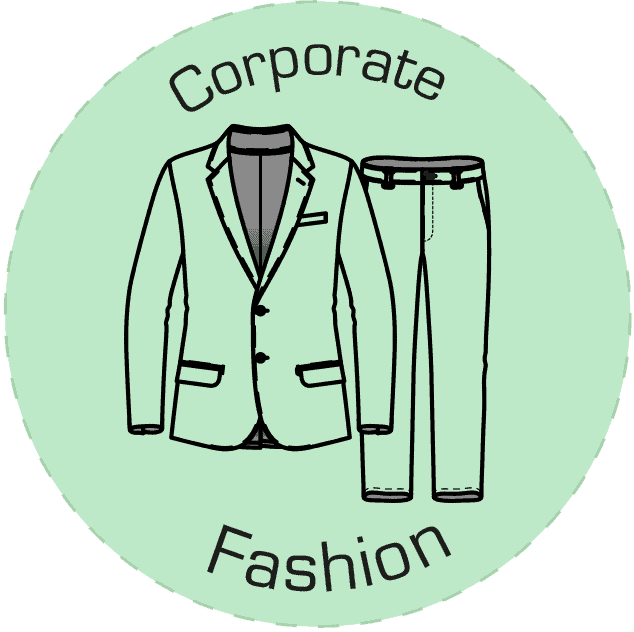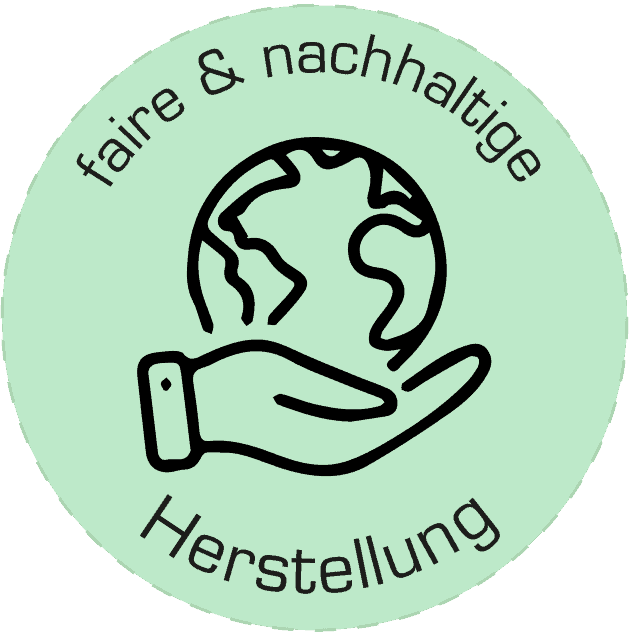WORKWEAR SET - HOW MANY PIECES OF WORKWEAR ARE NEEDED PER EMPLOYEE?
In the modern business world, workwear plays a decisive role in the well-being, safety and professional appearance of your employees. But how much workwear do you actually need per employee? This question can vary depending on the industry, working environment and specific requirements. When purchasing new workwear, it is always important to estimate exactly how many sets an employee will need. This calculation helps you to purchase enough workwear to be prepared for any emergency.
Workwear set – How do I find out how many items I need per employee?
Work tasks and intensity: The type of tasks performed and the intensity of the work can also influence the need for work clothing. If your employees perform physically demanding tasks, they may need several sets of workwear. This is especially true in areas where sweat or other contaminants play a role.
Frequency of cleaning: The availability of cleaning services or the ability to wash workwear yourself also influences the amount of workwear required per employee. If your employees need clean workwear every day and there is no possibility of quick cleaning, you will need to provide more items of clothing.
Spare parts and spare clothing: It is advisable to keep extra work clothing on hand as a spare and for unforeseen situations. Some garments may get damaged or lost, and it’s important that your employees can get replacements quickly so as not to interrupt their workflow.
Overall, it is important to consider the individual needs of your employees and the specific requirements of your company in order to provide the right amount of workwear. It can be helpful to approach the planning together with the staff. Obtain feedback for the procurement of the workwear sets.
Workwear for occupational groups – what protective clothing does the employer have to provide?
The general equipment includes pants, T-shirts and similar products for men and women. Some manufacturers offer workwear sets that include basic equipment. When planning a workwear set for an employee, you should always include replacement clothing in this segment. It would also be ideal to inform employees that they need to place repeat orders in good time so that action can be taken more quickly in the event of shortages.









